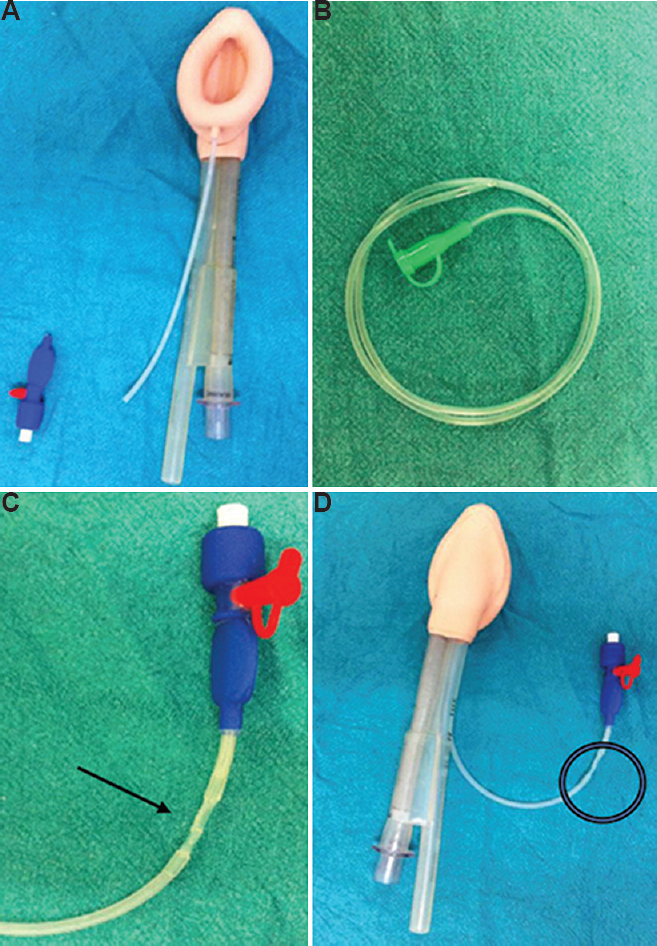Translate this page into:
Big solution with small intervention
*For correspondence: pk.pgims@yahoo.com
-
Received: ,
This is an open access journal, and articles are distributed under the terms of the Creative Commons Attribution-NonCommercial-ShareAlike 4.0 License, which allows others to remix, tweak, and build upon the work non-commercially, as long as appropriate credit is given and the new creations are licensed under the identical terms.
This article was originally published by Wolters Kluwer - Medknow and was migrated to Scientific Scholar after the change of Publisher.
Many supraglottic airway devices are available for use in multiple patients, with autoclaving as the permitted method of sterilization. However, these can be damaged from bite, from contact with sharp instrument, and during cleaning. Such a damage to the inflation line of ProSeal laryngeal mask airway (PLMA) was encountered at the department of Anaesthesiology & Critical Care, Pt. B.D. Sharma, Post Graduate Institute of Medical Sciences, Rohtak, Haryana, India. (Figure A). Size 6 Fr feeding tube was used as a conduit (Figure B), further secured with resin sealant (Figure C) provided adequate (Figure D) working, thus avoiding wastage of otherwise useful device. The seal was checked as per the manufacturers' guideline of positive and negative inflation test. To avoid any chance of compromise of patient safety, the repaired PLMA was taken to the skill laboratory for students to learn and practice with the device. Considering high cost of the device, a repair is worth attempting. Use of autoclavable material will further ensure the integrity and without breaching patient safety within the manufacturer's recommendations. Big Solutions can be achieved through small interventions, especially in a resource-limited country. Further, these repaired devices can easily be used for teaching and training to avoid possible compromise of patient safety.

- (A) PLMA with damage to inflation line. (B) Size 6 Fr feeding tube. (C) Feeding tube inserted within damaged ends of inflation line, secured with resin sealant (arrow). (D) Well-inflated functional PLMA after intervention.
Conflicts of Interest: None.





